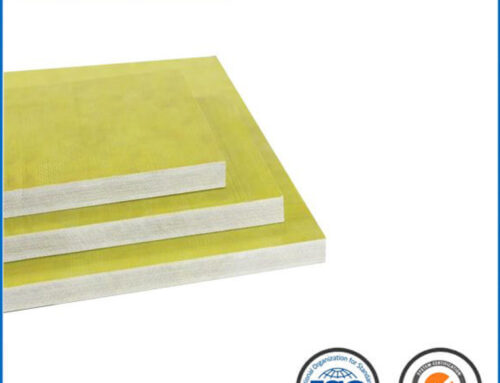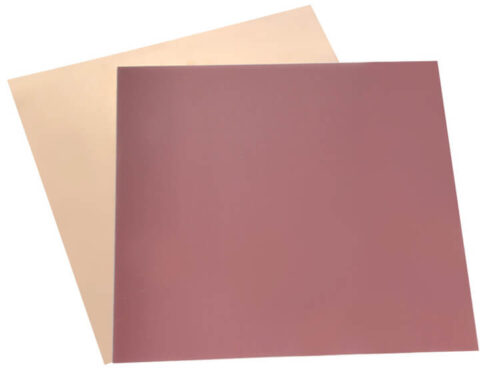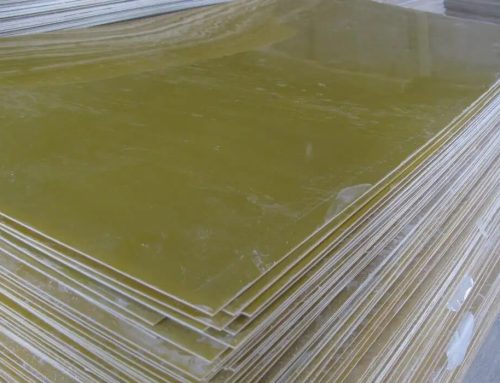In FR4 insulation board, “TG” stands for “Glass Transition Temperature,” which describes the temperature at which a thermoset plastic or resin transitions from a glassy state to a high-elastic state. TG is an important parameter as it helps to determine the performance of the material at different temperatures. For example, “TG 140” indicates that the material’s glass transition temperature is 140 degrees Celsius.
The difference between high TG and low TG primarily lies in their glass transition temperatures. High TG FR4 insulation boards maintain good electrical and mechanical performance at higher temperatures, while low TG FR4 insulation boards perform better at lower operating temperatures. Here are some main differences between high TG and low TG insulation boards:
1. Thermal Performance: High TG insulation boards exhibit better thermal stability and thermal cycling performance at high temperatures, making them more reliable for high-temperature applications. Low TG insulation boards perform better at lower temperatures but may lose some performance at high temperatures.
2. Mechanical Performance: High TG insulation boards have higher mechanical strength, especially at high temperatures. This makes them suitable for applications that need to withstand significant stress and strain.
3. Chemical Resistance: High TG insulation boards usually have better chemical resistance, enabling them to resist various chemical attacks and corrosion.
4. Application Fields: High TG insulation boards are mainly used in electronic devices that need to operate in high-temperature environments, such as automotive electronics, aerospace, industrial control, etc. In contrast, low TG insulation boards are more suitable for general consumer electronic products, such as computers, communication devices, etc.
Choosing between high TG or low TG FR4 insulation boards depends on the specific application and operating environment. In general, high TG insulation boards provide more reliable performance in high-temperature environments, while low TG insulation boards are more appropriate for operation at lower temperatures.





